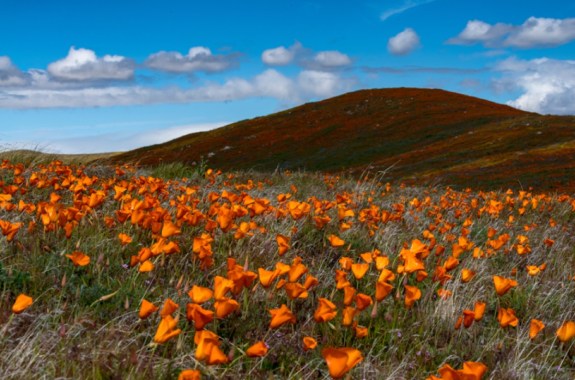Grade Level
3 - 8
minutes
1-3 hours
subject
Environmental Science
stem practices
Asking Questions and Defining Problems, Constructing Explanations and Designing Solutions
Activity Type:
build a model, life science, ecology
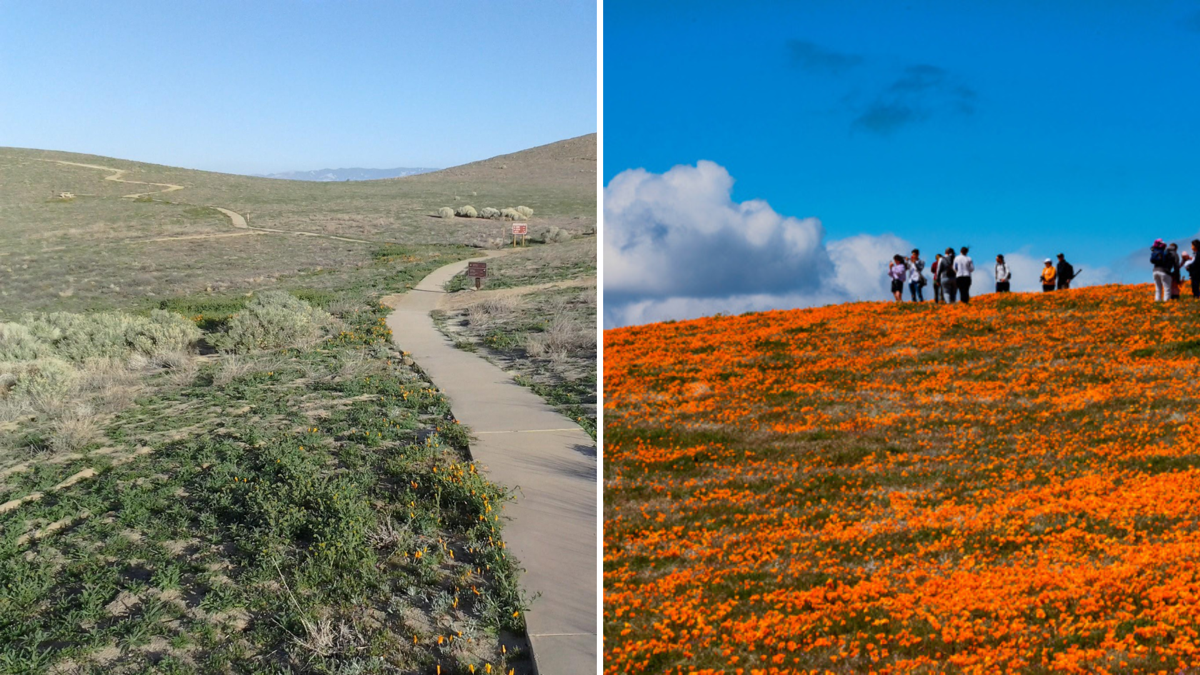
The photos are of the same location in California’s Death Valley. What do you notice? What do you wonder? In other words, what observations can you make, and what questions do you have? What could have happened to cause this drastic change? Record your thoughts in the Super Bloom Investigation Notebook.
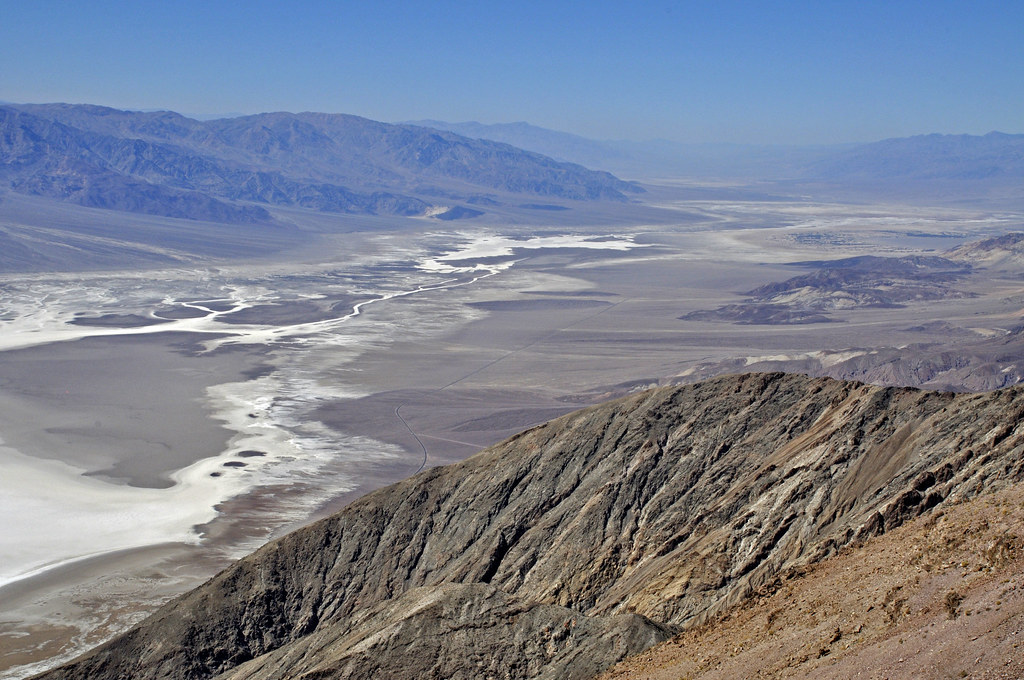
Death Valley has some of the hottest, driest, harshest conditions on Earth. And yet, it is home to the colorful explosion of flowers you see in the slider above. The dramatic change in the landscape is the result of a super bloom.
To understand a super bloom, you have to go to the root of the phenomenon, all the way to the seeds. In unfriendly conditions—like the dry, nutrient-poor soil you find in a desert—wildflower seeds have the ability to wait for the right conditions before they sprout and bloom. They go dormant, slowing down their internal clock to delay blooming. A super bloom is called “super” because not just one wildflower seed bursts into flower. Instead, a surprisingly large number of wildflowers bloom at exactly the same time in the desert.
Why would so many plants bloom all at once in the desert, and how is that possible? In this activity, we are going to explore how seeds respond to environmental conditions like climate and weather to help us understand why super blooms happen.
 This resource was created as part of the Science Friday Educator Collaborative.
This resource was created as part of the Science Friday Educator Collaborative.
What Do Plants Need to Survive?
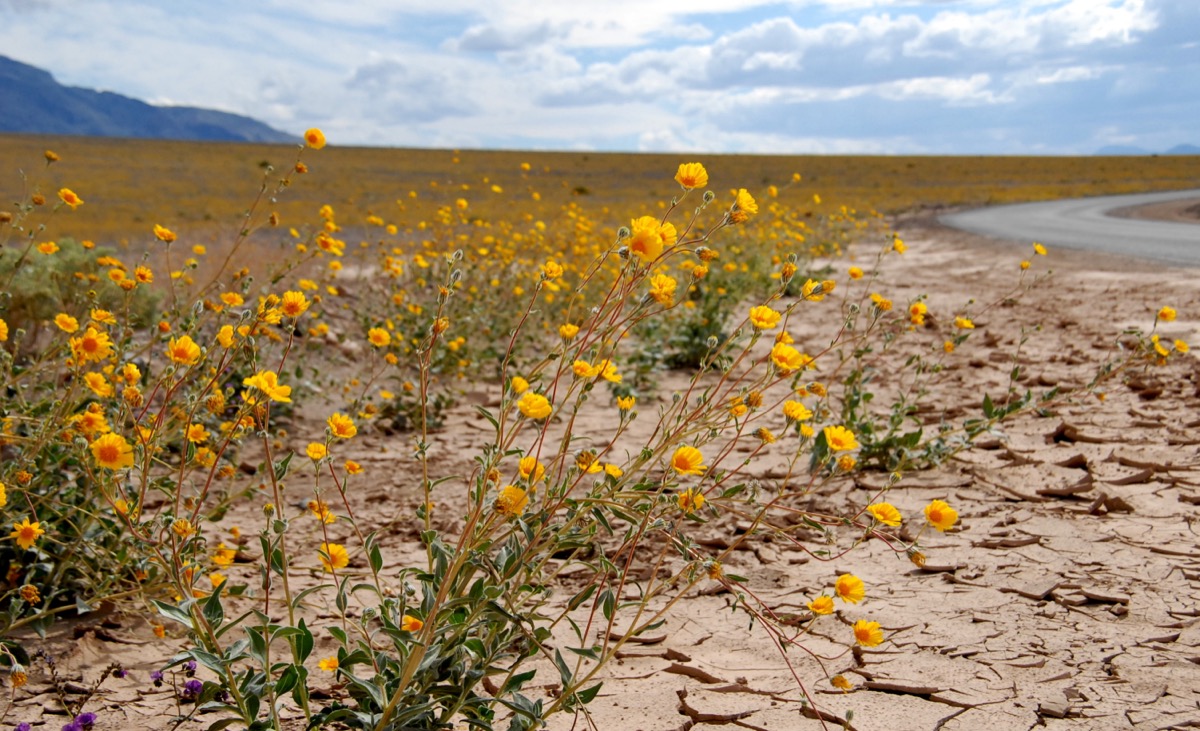

When a plant produces flowers, we call that a bloom. As we explained above, a super bloom occurs when that happens for a massive number of different plants, in some cases as many as 200 different species, all at once. A super bloom can last as little as a few days or as long as two months, depending on the conditions in the deserts where it occurs.
What causes all of those plants to bloom at once?
In order to thrive, and to bloom, plants need sun, water, room to grow (the amount depends on the type of plant), and air—more specifically, gasses like carbon dioxide (CO2). That’s right folks, plants don’t necessarily need soil, but we’ll save that for another time. (If you need to review the parts of the plant, click here.)
Now that we’ve reviewed a bit about plants, let’s revisit Death Valley, located in California’s Mojave Desert.
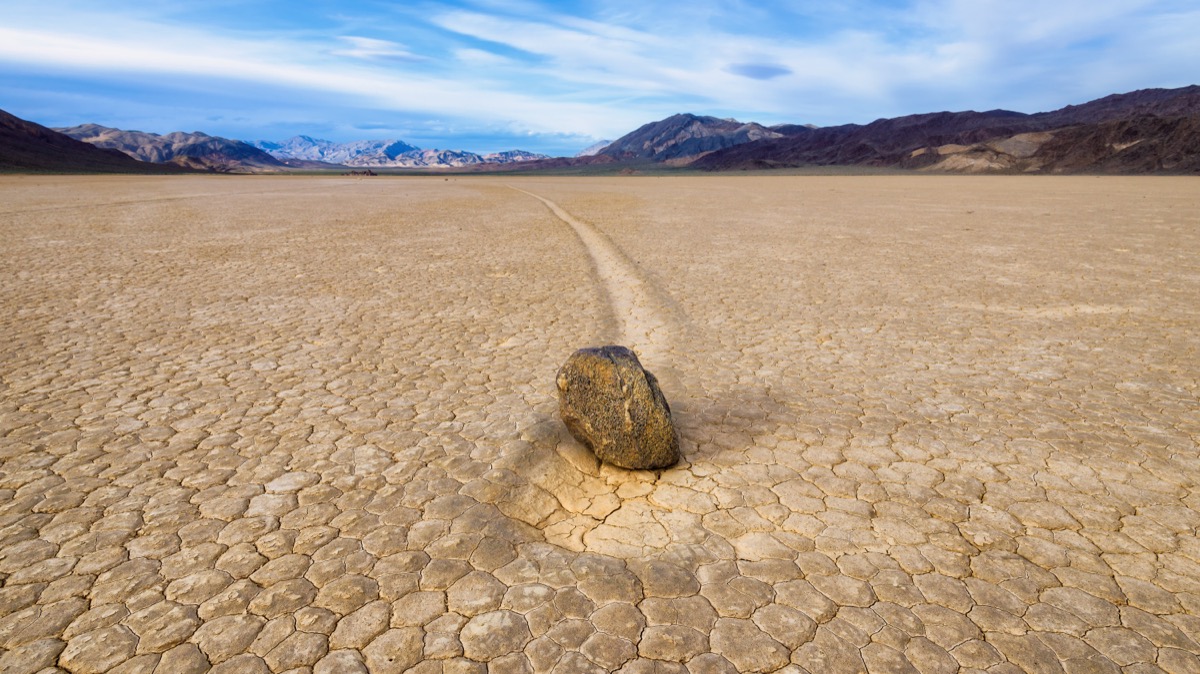
Looking at the conditions in Death Valley in the image above, does it provide what plants need to grow and survive? What’s present? What’s missing?
Deserts are areas with very little precipitation (rainfall, hail, sleet, or snow)—less than 10 inches a year! If plants need water, and a desert receives very little precipitation, how do they grow in these difficult conditions?
The Goldilocks Effect
Remember the story of Goldilocks and the three bears? After letting herself into the bear family’s home, Goldilocks helps herself to the bears’ three bowls of porridge, their three chairs, and finally, their three beds, looking for the one that is “just right.” With seeds in a desert like the Mojave, the same is also true: everything has to be “just right” for the bloom to happen—and that’s why it only happens every 10 to 15 years!
But what are the factors that create those “just right” conditions for seeds? To answer that question, we first have to learn more about the seeds themselves.
What Are Seeds?
We know now that super blooms start from seeds—like the ones you can find in the middle of an apple, scooped out of a pumpkin, or in the center of a sunflower. Seeds are all around, even on your dinner plate. That’s right! Those beans you ate in a burrito, or with a hot dog, or as part of a stew, are all seeds!

Materials:
- 2-4 dry lima beans (or other large bean like pinto or kidney)
- A small bowl
- Enough water to cover the seeds once placed in the bowl
- Paper towels
- Tweezers (optional)
Activity 1: Dissect A Seed
We are going to take a look at lima beans. Why? Lima beans are pretty easy to find at the store or even in your kitchen cupboard, and they’re a pretty big seed, which means we can see its parts easily. For this part of the activity, record the answers to the questions below in your Super Bloom Investigation Notebook in the “Dissect a Seed” section.
Procedure and Questions
- Create a drawing of one of your dry beans and write down two or three observations. What do you notice about the bean? What does it look like? What does it feel like? Remember to use scientific observations and label your drawing.
- Hold one of your beans between your thumb and index finger. Press down lightly. Does the seed squish between your fingers? Describe what you are feeling and record this observation.
- Place the beans in the bowl. Cover them in water and soak overnight, 12 to 24 hours. (Not too much water—just enough to cover the seed completely.)
- Take one bean out of the water and place it on a paper towel.
- Hold the bean between your thumb and index finger. Press down lightly. Does the seed squish between your fingers? Has anything changed since you soaked it? Describe what you are feeling and record this observation.
- Rub the soaked bean between your fingers. The outside should rub off. This is the seed coat. Hold the seed coat in your hands.
- Write down your observations about the seed coat. What does it look like? How does it feel? Draw and write down your observations. Remember to label your drawings.
What are the parts of a seed?
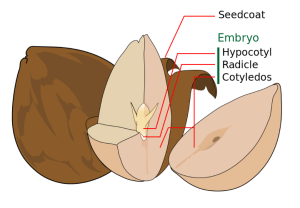
During your seed dissection, you touched and examined the two main parts of the seed: the cotyledon and the seed coat. The cotyledon is the food source for the seed until it can grow leaves and begin producing its own food through photosynthesis. At the top of the seed is the embryo, the plant itself.
Reflection
Now that you have dissected a seed, think about these questions:
- What is a seed?
- Beans are seeds, so why don’t they grow when they’re in the bag at the grocery store?
- Why do you think seeds have a seed coat? Support your answer with evidence from your investigation.
Activity 2: Sorting Seeds
So we know about lima, kidney, and corn beans, but what other kinds of seeds can you name? Once you know where to look, seeds are everywhere! Here are some of our favorites.
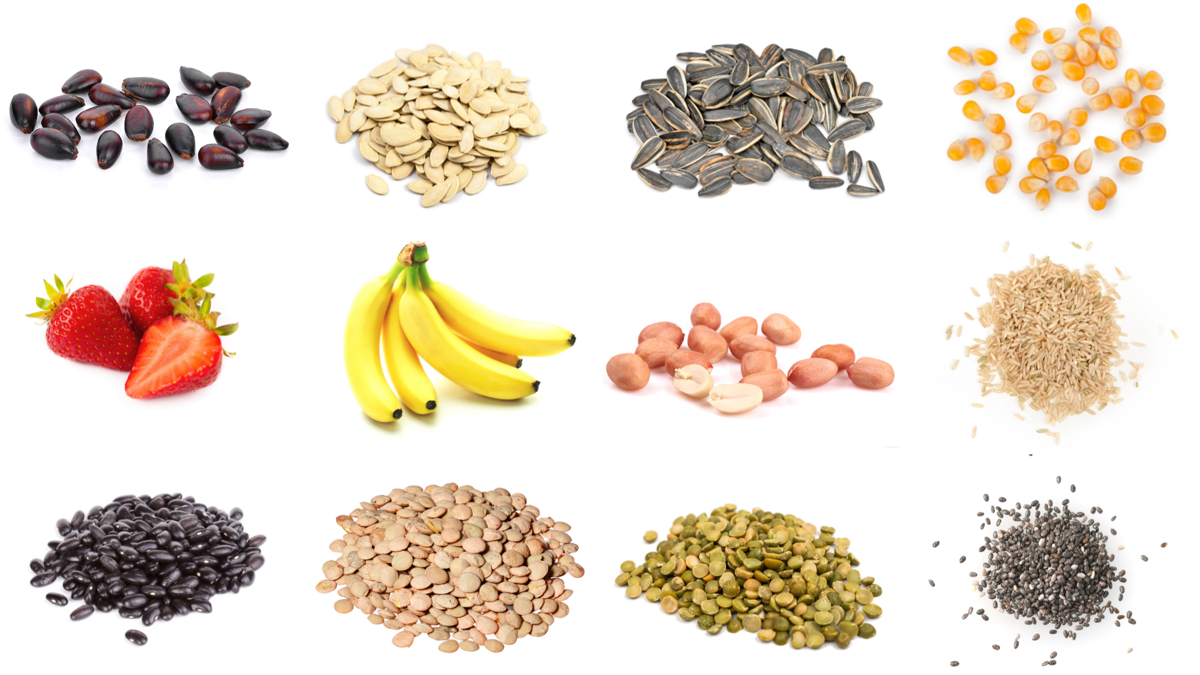
Part 1: Categorizing Seeds
In your Super Bloom Investigation Notebook, make a list of all the seeds you can think of. What characteristics can you use to sort your list of seeds? Start with color, size, and shape. What other ways can you think to organize them?
Reflection
Now that you have sorted your list, think about these questions:
- What were some of the characteristics the seeds had in common?
- Did you have a unique way to sort them?
- Were there any seeds that couldn’t be grouped?
Part 2: Seed Coats
Not all seeds can be examined in the palm of your hand. A lot of wildflower seeds, like the ones in a super bloom, are so tiny, you need to put them under a microscope to really investigate them.
Below, you can check out a handful of these wildflower seeds that have been photographed under a microscope. Use the sorting categories you developed above to sort this new group of seeds. But before you start, heads up! You won’t be able to use color as a category. Why?
Look at the photo of the seeds below (or use the presentation), starting with the one in the top center block. It looks purple, right? That’s not the real color of the seed. Some of the seeds you will see in the collection below have had color added to reveal their unique features. Since they are microscopic, we aren’t able to see all the important details of their seed coats without a little added splash of color!
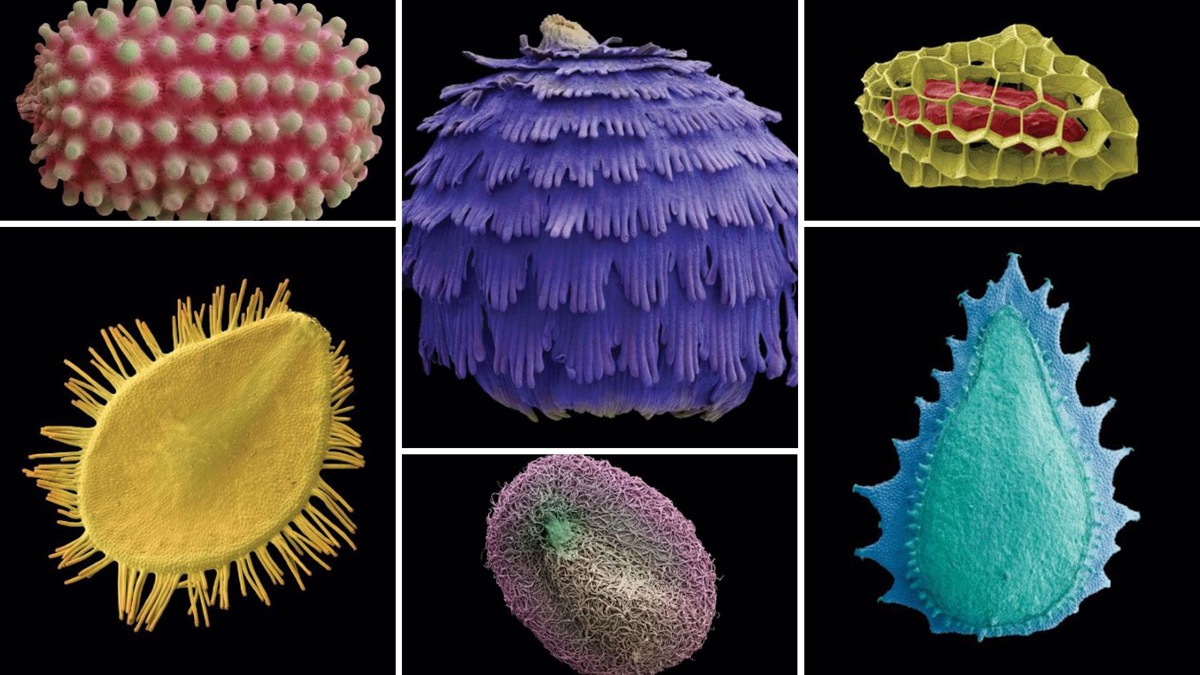
While we’re talking about color, the other cool thing to note is that the color of the seed does not determine the color of the flower. Wait, what? Think about sunflowers and their beautiful yellow petals. Did you know that their seeds are white with brown stripes? There is nothing about the seed that can tell you what beautiful flower will bloom from it!
Reflection
- What do you notice about the seed coats?
- Think back to your seed dissection. How might these seeds change when they get wet?
- Considering all the seeds you looked at, why aren’t all the seed coats the same? Why aren’t all the shapes the same?
Seed Coats And Superblooms
Seeds have adapted to be uniquely suited to their native environmental conditions. In other words, the seed’s structure has changed over time to improve chances of survival in a specific environment. It is this special adaptation of the seed coat that makes a super bloom so super.
So let’s review. “Super bloom” is the term given to an above-average number of blooms of desert wildflowers blooming at the same time. In the video above, the narrator referred to the seed of the wildflower plant as a “sleeping beauty.” Seeds are considered sleeping beauties because they are able to lay dormant for years, even decades! The key element for the plant’s survival is the seed coat. Just like you saw when you dissected your lima bean, a wildflower seed’s parts are protected by its outer coat. This coat only allows the seed to germinate, or grow, when the conditions are just right (remember the Goldilocks Effect?). This doesn’t happen every year, or even every five years… sometimes it takes 15 years for the seeds to experience the Goldilocks Effect.
So what creates the Goldilocks Effect for the seeds in Death Valley? These three elements must happen in order for the arid desert to turn into a beautiful canvas of color:
- Winter Rain: Super blooms are dependent on winter rains, but not the torrential type. Super blooms need to have deep-soaking, gentle rains that soak into the ground over a period of time. In an area that receives less than two inches of rainfall a year, this slow-drenching rain is essential, but rare.
- Warmth (but NOT heat): Super blooms happen in the early spring, before the temperature rises in the desert. When the temperature gets too high, the plants will dry out.
- Lack of Drying Winds: Just like our skin gets dehydrated in warm, dry air, the winds in Death Valley dehydrate the surface of the desert. Super blooms can only happen when there are fewer of these drying winds.
Activity 3: Design A Seed Challenge
As we’ve seen, seed coats are SUPER important for the super bloom. Seed coats protect a seed from damage from the elements (temperature, lack of rainfall, amount of sunlight, weather, etc.) and ensure the plant seed remains in a state of dormancy until the conditions are just right for the plant to germinate.
Materials:
- Super Bloom Investigation Notebook
- CK12 flexbook: Biomes High School, Middle School. World Climates Grade 3, Grade 5
- Biome Cards
- Claims, Evidence, and Reasoning Student Rubric
Design Your Own Seed
Your challenge is to design a seed that can survive the elements of a specific biome, major life zone. Use the Super Bloom Investigation Notebook to research some more information on your biome and help guide you in designing the seed.
Think about what seeds need in order to start the germination process. In the case of the super bloom, the seed needs three things: rainfall, warmth, and lack of drying winds. How does that match up with what plants need to survive?
Your design must include:
- Three adaptations related to survival in your given biome, with connections to evidence from the resources.
- A list of the conditions that will cause the seed to germinate.
- A drawing of your seed design.
- Labels and descriptions of the seed adaptations.
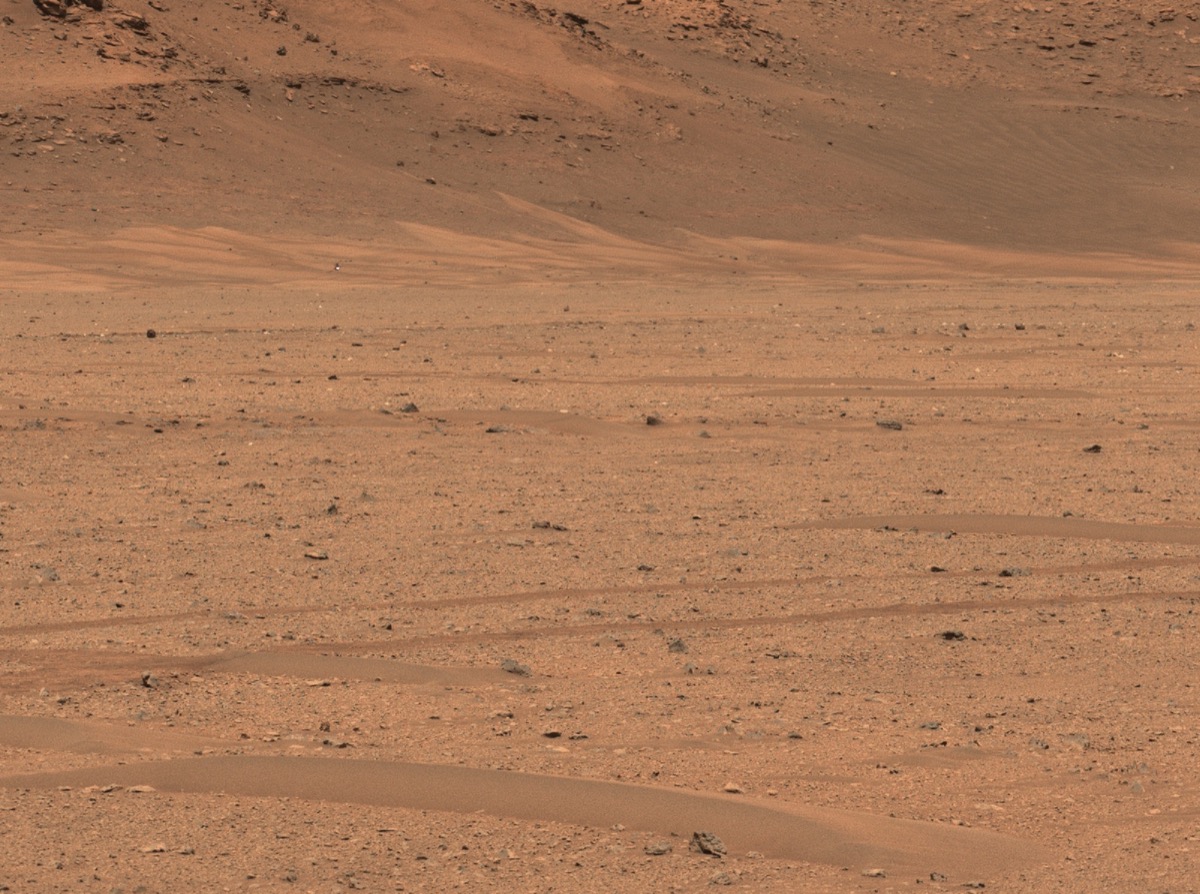
Using what you’ve learned about seeds and the super bloom, write down what a seed would look like and need to be successful in the Martian environment. What elements will make it hard for your seed to germinate? What will it need to germinate? Visit NASA’s website, The Red Planet, to learn more about Mars’s climate and geology.
Keep Your Mind Germinating About Seeds
Want to do more with seeds? Here are some ideas:
- Plant birdseed and see what seeds germinate.
- Create a mini-ecosystem.
- Try a soil erosion experiment.
- Make an exploding seed pod.
- Start a school garden.
- Start a monarch awareness campaign.
NGSS Standards
- 3-LS1-1: Develop models to describe that organisms have unique and diverse life cycles but all have in common birth, growth, reproduction, and death.
- 3-LS4-3: Construct an argument with evidence that in a particular habitat some organisms can survive well, some survive less well, and some cannot survive at all.
- 3-5-ETS1-1: Define a simple design problem reflecting a need or a want that includes specified criteria for success and constraints on materials, time, or cost.
- MS-ETS1-2: Evaluate competing design solutions using a systematic process to determine how well they meet the criteria and constraints of the problem.
Credits
Lesson and worksheet by Svea Anderson.
Copyediting by Ashley Schreyer and Sandy Roberts.
Digital Production by Sandy Roberts.
Educator's Toolbox
Meet the Writer
About Svea Anderson
Svea Anderson is a twenty-year veteran educator who never hesitates to step out of her comfort zone and try something new. She enjoys a challenge and never passes up an opportunity to learn something new.
